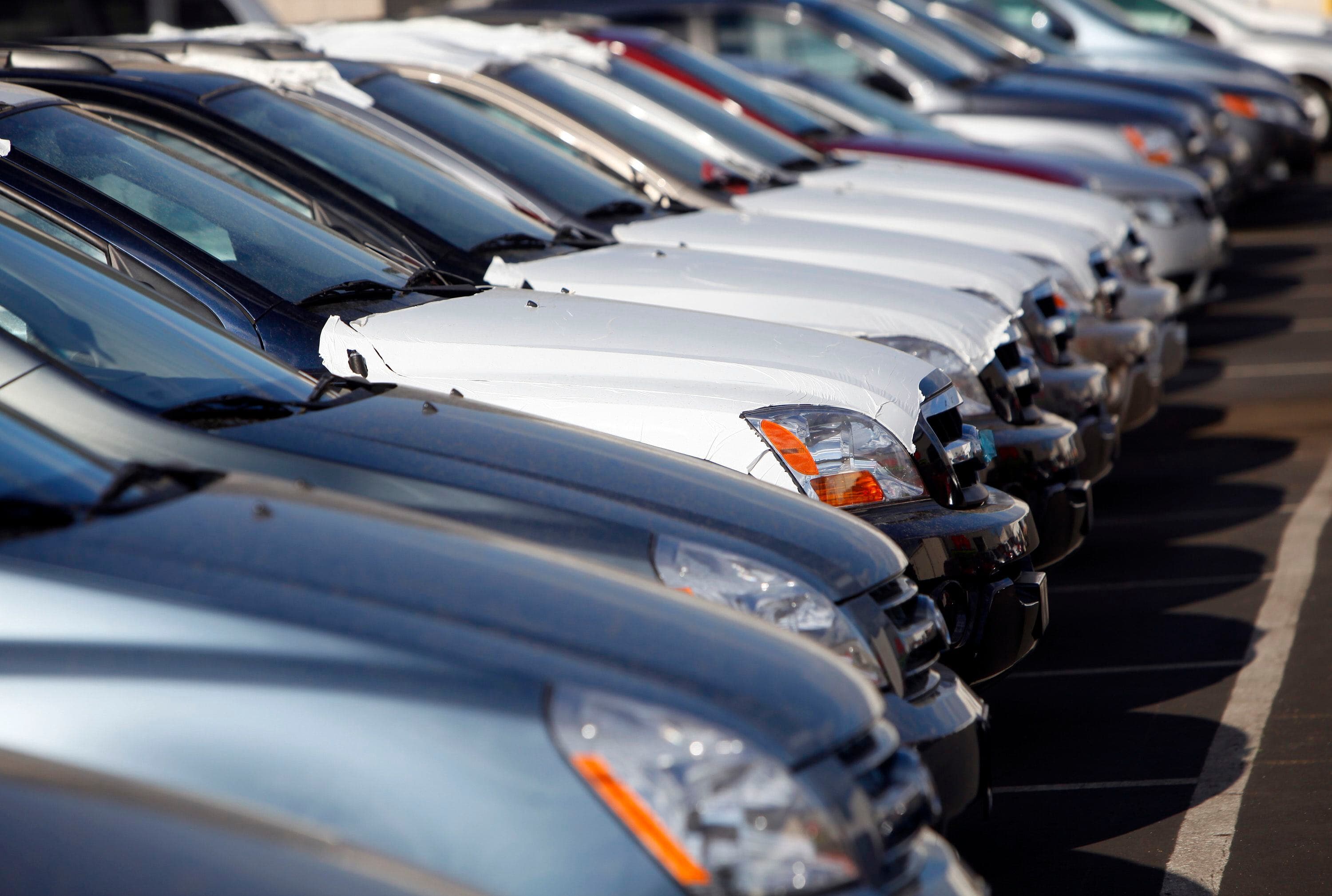Loading News Article...
We're loading the full news article for you. This includes the article content, images, author information, and related articles.
We're loading the full news article for you. This includes the article content, images, author information, and related articles.
This guide will walk you through the essential steps of assessing your lifestyle, setting a realistic budget, prioritizing safety and comfort, and the crucial importance of a thorough test drive to ensure you make a choice you’ll be happy with for years to come.

Nairobi, Kenya – Choosing a new car isn’t just a financial decision—it’s a lifestyle choice. The right vehicle should fit your daily routine, reflect your long-term needs, and stay within your budget. In Nairobi, where fuel costs, traffic patterns, and road conditions vary widely, choosing the right car takes thoughtful planning.
Here’s how to make the decision with confidence:
Think about how you live and how your car needs to support that.
Ask yourself:
Do you mostly drive within Nairobi? Choose a compact, fuel-efficient car that’s easy to park and nimble in traffic.
Do you commute long distances or travel frequently? Prioritize comfort, reliability, and mileage—a sedan or fuel-sipping hybrid might be ideal.
Do you have a family or plan to grow one? Go for ample boot space, five-star safety features, and child-friendly seating (ISOFIX, rear vents, etc.).
Do you drive on rough roads or rural routes? Consider a higher-clearance SUV or crossover with durable suspension.
A clear feature checklist helps narrow your options quickly. Some popular priorities include:
✅ Automatic transmission
✅ Rearview camera or parking sensors
✅ Bluetooth and infotainment system
✅ ABS and multiple airbags
✅ Apple CarPlay / Android Auto
✅ Fuel economy above 15 km/L
✅ Ground clearance above 170mm
Also think about personal preferences: cloth vs. leather seats, digital dash vs. analog, or sunroof vs. roof racks.
A common mistake is focusing only on the upfront cost. But in Kenya, the true cost of ownership includes:
Fuel: With petrol prices hovering above KSh 180/litre, fuel-hungry cars (10 km/L) can cost KSh 30,000+ per month.
→ Choosing a car that does 15 km/L could save you KSh 100,000+ a year
Insurance: Bigger engines = higher premiums
Servicing & parts: Stick to brands with strong local support (Toyota, Nissan, Honda, Mazda, Suzuki)
Depreciation: Some cars hold their value better than others—especially Toyotas and Subarus
💡 Pro tip: Use a car loan calculator and compare 3–5-year ownership scenarios before deciding.
Kenyan roads are tough on cars, so prioritize durability and parts availability.
Check reviews for reliability (especially Japanese brands)
Ask mechanics about common issues with specific models
Confirm that spare parts are easily available locally, especially for hybrids and European makes
Don’t compromise on protection—especially if you’ll be driving kids or long distances.
Look for:
ABS (Anti-lock Braking System)
Multiple airbags (front, side, curtain)
Traction control and ESC
Crash test ratings (Euro NCAP, IIHS, JNCAP)
Don’t settle for a quick spin around the dealership.
Test the car on the roads you use every day—CBD traffic, highway stretches, potholes, and roundabouts. Pay attention to:
Steering and braking feel
Ride comfort on bumps
Noise insulation
Visibility and mirror placement
Also test:
Air conditioning strength
Infotainment ease of use
Boot space (bring your stroller, groceries, or golf bag!)
Your car is part of your daily rhythm—it should support your lifestyle, protect your loved ones, and make economic sense in the long run. Whether you’re buying new, used, or imported, an informed decision will reward you for years to come.
Need help narrowing down your top 3 models?
We can build you a personalized shortlist based on your budget, mileage needs, and lifestyle priorities. Just ask!
Keep the conversation in one place—threads here stay linked to the story and in the forums.
Other hot threads
E-sports and Gaming Community in Kenya
Active 6 months ago
Popular Recreational Activities Across Counties
Active 6 months ago
Investing in Youth Sports Development Programs
Active 6 months ago
The Role of Technology in Modern Agriculture (AgriTech)
Active 6 months ago